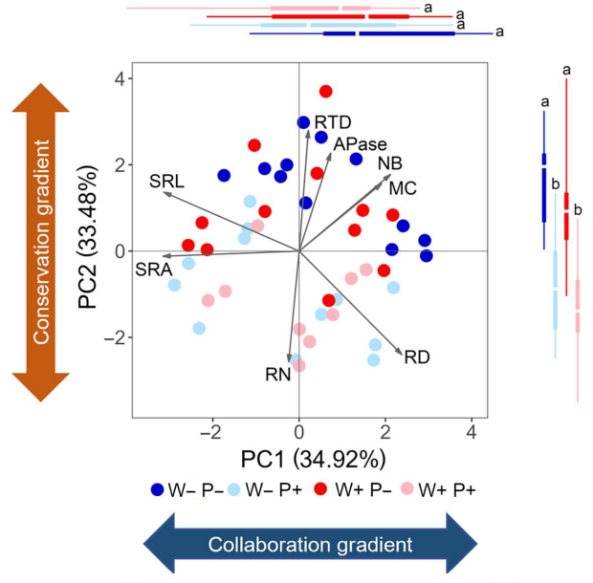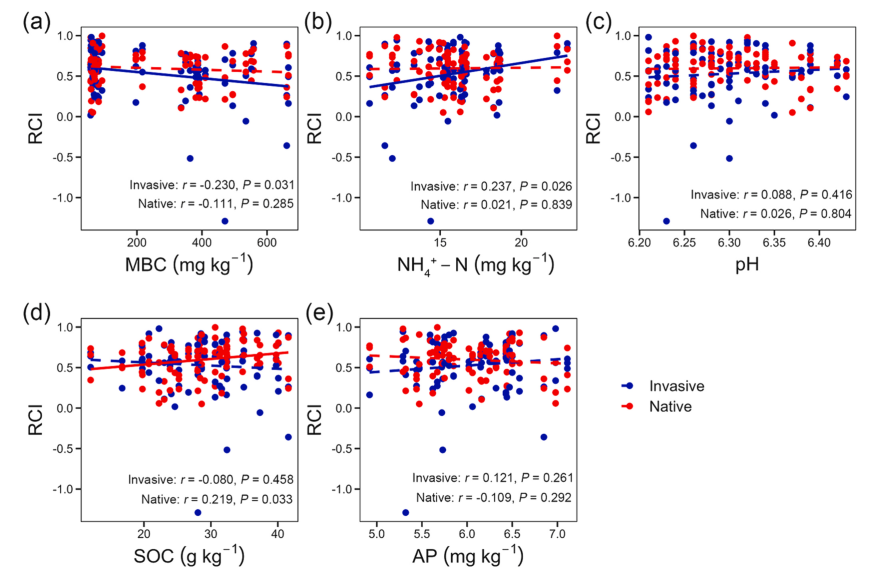Recently, Prof. Li Junmin’s team has achieved a series of breakthroughs in the study of the processes of parasitic plants regulating soil ecosystem processes. Their research has been published in internationally recognized journals, including Ecology, Functional Ecology, and Applied Soil Ecology. Associate Prof. Yuan Yongge is the first author, Prof. Junmin Li is the corresponding author, and TU is the primary institution associated with the paper.
Parasitic plants can influence the nutrient partitioning of mycelial networks among different plants, but the regulatory mechanisms remain unclear. Utilizing isotope tracer technology, the team discovered that parasitic plants enhance the mycelial network’s ability to supply more inorganic nutrients to neighboring non-host plants, while simultaneously acquiring additional carbon sources from them. These findings were published in the esteemed journal Ecology.

Functional traits of plant root systems can be categorized into cooperative and conserved dimensions, forming the root economic spectrum. However, how parasitic plants regulate the functional traits of host plant root systems and their position within this spectrum remain unclear. The team discovered that parasitic plants promote nutrient uptake and utilization by increasing both the nitrogen concentration in the conserved dimension and the density of root tissues. These findings were published in the internationally recognized journal Functional Ecology.

Parasitic plants can influence interspecies relationships among plants, which in turn affects ecosystem plant diversity. However, few studies have examined how parasitic plants influence plant invasion processes. The team found that parasitic plants can alter the physical and chemical properties of soil and the growth of soil microorganisms, producing a soil legacy effect that enhances the competitiveness of native plants while inhibiting plant invasion. These results were published in the esteemed journal Applied Soil Ecology.

This research was supported by the National Natural Science Foundation of China (Projects No.32271590 and No.32271630) and the Natural Science Foundation of Zhejiang Province (Projects No. LZ24C030002 and No. LY21C030004) .
Link to the papers:
https://doi.org/10.1002/ecy.4418
https://doi.org/10.1111/1365-2435.14658
https://doi.org/10.1016/j.apsoil.2024.105583